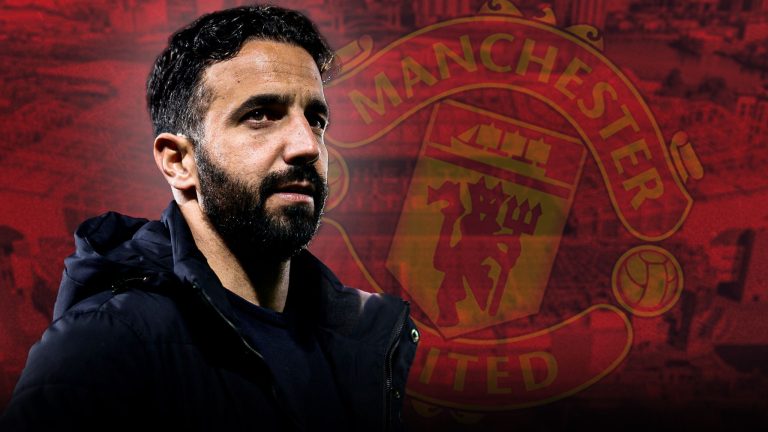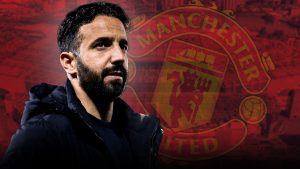Arsenal have reportedly fired the Gunnersaurus mascot on the 2020/21 summer transfer market deadline. The Athletic said the green dinosaur was “unnecessary” as there were no spectators in the stadium. This termination is also related to the savings in expenses for the team due to the COVID-19 pandemic, Gunnersaurus itself has been doing “work at home” since the Premier League was temporarily suspended.
This immediately provoked the anger of Arsenal fans and was even regretted by many other club fans. The reason is, Jerry Quy, the man behind Gunnersaurus, has served for the Gunners since 1993 and has become part of the club. Various actions were taken by Arsenal supporters as a form of sympathy such as fundraising, even Mesut Ozil also offered to cut his salary to pay Gunnersaurus.
For 27 years, this anachronistic giant has lurked the plains of north London. The Arsenal public has put their hearts into the Gunnersaurus, being present at every home match and various events. Gunnersaurus teaches how to shoot penalties with a young child, participate in every league campaign, participate in championship celebrations and take team photos every season.
However, there are so many unanswered questions about this mysterious creature. How did the dinosaurs come about? How was life at Arsenal? Why a dinosaur?
Gunnersaurus Birth and Life
According to the club’s official account, Arsenal began the rebuilding of North Bank at Highbury Stadium in the summer of 1993. Deep underground, workers discovered what initially looked like a boulder. Or maybe, they feared, it was a bomb that had not exploded from the war. You can imagine their alarm as they carefully sweep through the rest of the land and learn what they actually found. As it turned out, it was a very large egg.
The eggs are warm to the touch, some workers claim that the eggs vibrate slightly. They carefully lifted him and carried him to a corner of the sheltered ground. They wrapped the eggs in Arsenal blankets. It didn’t take long to crack. Some workers stay away from the eggs and their mysterious inhabitants, while others are attracted to them.
In the end, the egg broke and Arsenal officials simply said they were “shocked and shocked” by what they saw next. Because what came out was a green baby dinosaur, rounded in the middle, with a long, solid tail. He grew to 7 feet tall and Arsenal put him on in a full uniform, complete with football boots. On 20 August 1993, they made it public at Highbury before the match against Manchester City.
Of course there are real origins to why a green dinosaur became the mascot of Arsenal bearing the cannon logo. Some say he was the product of a 1994 competition among the Junior Gunners fan club to decide on a new mascot. Arsenal’s logo is in the form of a cannon, but given the role of the mascot as a friendly face for supporters, especially children, they have wisely chosen not to use the nuances of war as a mascot.
The competition was held after the huge success of the movie “Jurassic Park”, which inspired 11 year old Peter Lovell to create “Gunnersaurus Rex” which eventually made him the winner. He even explained how the clothes should be worn, stating that “the belly and tail should weigh the same so that the ‘Gunnersaurus’ does not collapse”.
For the most part, the Gunnersaurus’ unique suit is worn by only one person, whose identity the club has often kept secret. According to The Athletic, he is an Arsenal employee who works day-to-day, but on matchdays he changes to wear the dinosaur costume.
Gunnersaurus is described as a dinosaur wearing Arsenal’s jersa, but in pre-season matches, Gunnersaurus will look naked and free. The jerker he was wearing was too large and did not form part of the contract with the supplier. So, the jersi used by Gunnersaurus was made by a special designer with a large size and an additional hole for the tail.
The clothes are usually stored in the mascot changing room, which is outside the corridor near the stadium’s press office. However, before the Coronavirus pandemic, the real Gunnersaurus brought the suit home. Therefore, new content is created on its social media which shows that Gunnersaurus household life was busy.
As the Arsenal football team developed, the match schedules between the men’s and women’s teams clashed. This made Gunnersaurus have to be present in two places at the same time, thus creating additional Gunnersaurus. At some moments, there are only three Gunnersaurus operating in different areas of the Emirates Stadium. This situation is quite disappointing for the ‘real’ Gunnersaurus.
Life as a mascot isn’t all about handshaking or cuddling with fans. As a beginner, the person who had worn the costume revealed that there was an ancient and pungent aroma in it. Besides that, ridicule from colleagues also often comes when wearing it. When Arsenal went on tour and the costumes were tried on by local youths, they praised how the real Gunnersaurus could even go from break dancing to juggling.
When Southend’s mascot Sammy the Shrimp died, he declared that he wanted a mascot at his funeral. Gunnersaurus was one of several guests who attended, along with Manchester City’s Moonchester, Lenny the Bradford City Gent and others. They carried the coffin into the crematorium and stood still during the service. Unfortunately, when the pastor asked the congregation to bow their heads in quiet reflection, Gunnersaurus’ long neck nearly knocked several of the mourners down.
“He is not only the coolest mascot in the Premier League, he is the strongest, he is the most likable, and in my opinion the most adored. We have this incredible and very beloved icon. I almost cried when I saw him hug Cesc Fabregas after his last game. in the Emirates. ” Said Gunnersaurus maker Peter Lovell, now 38 years old.
ASL
















